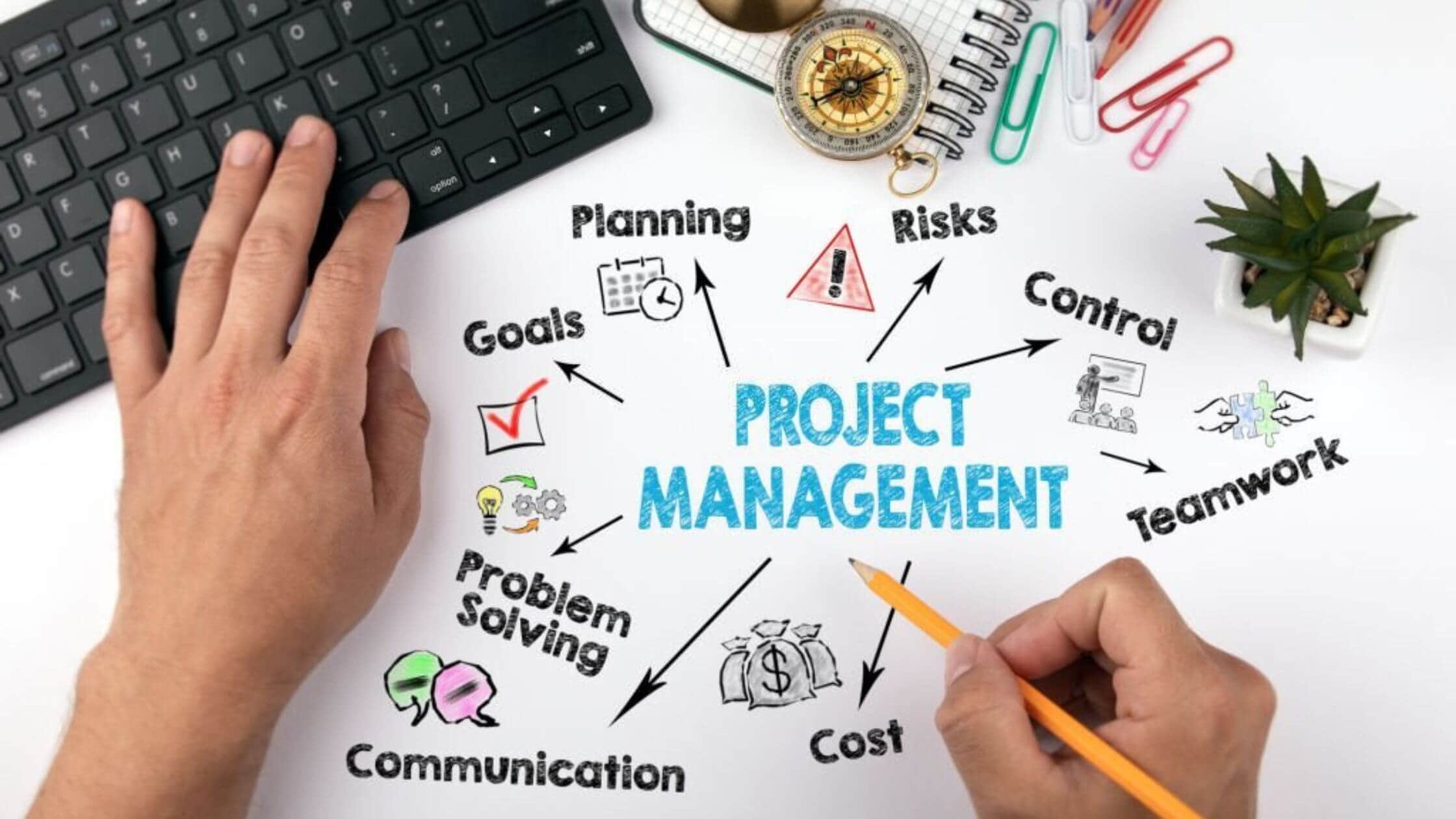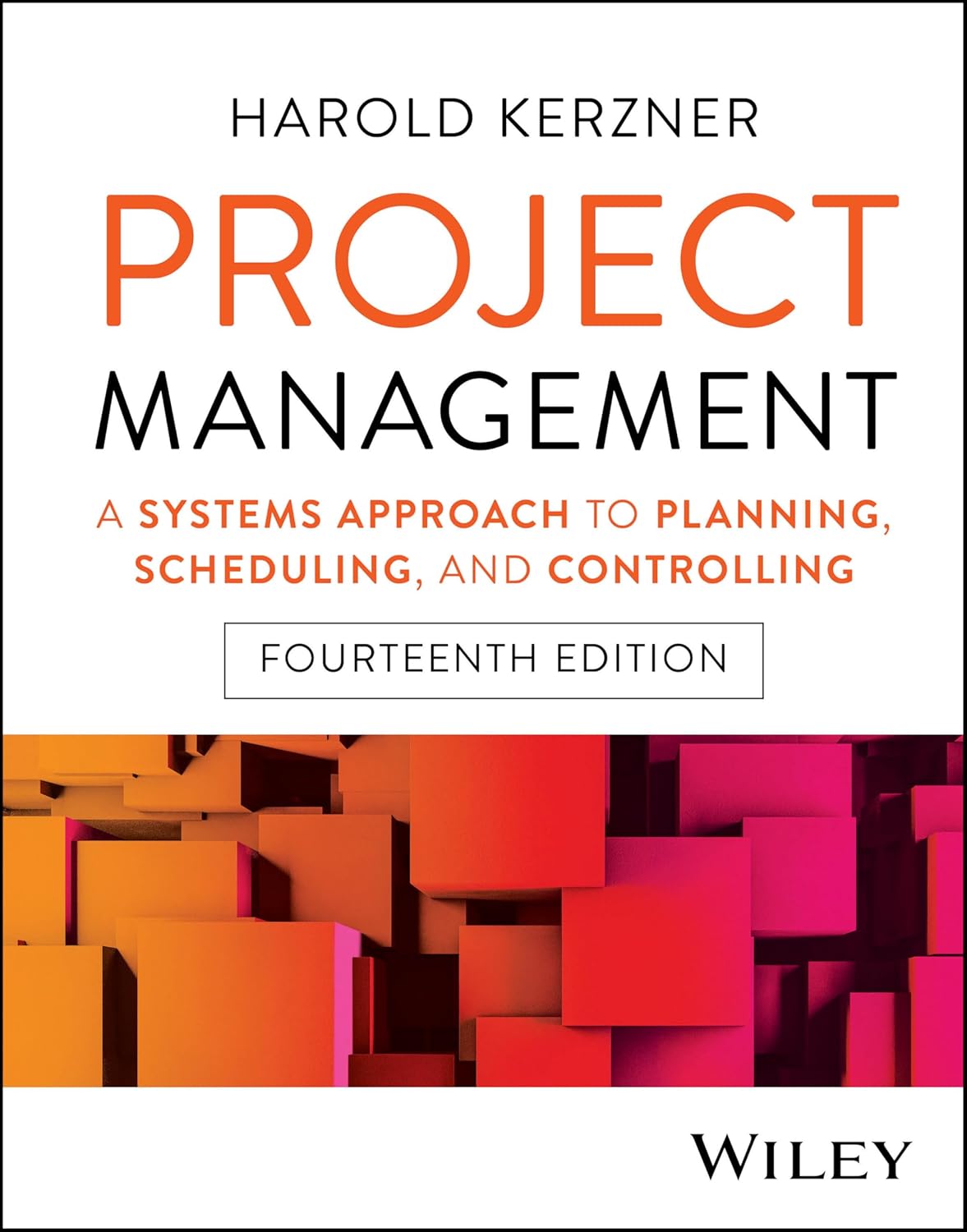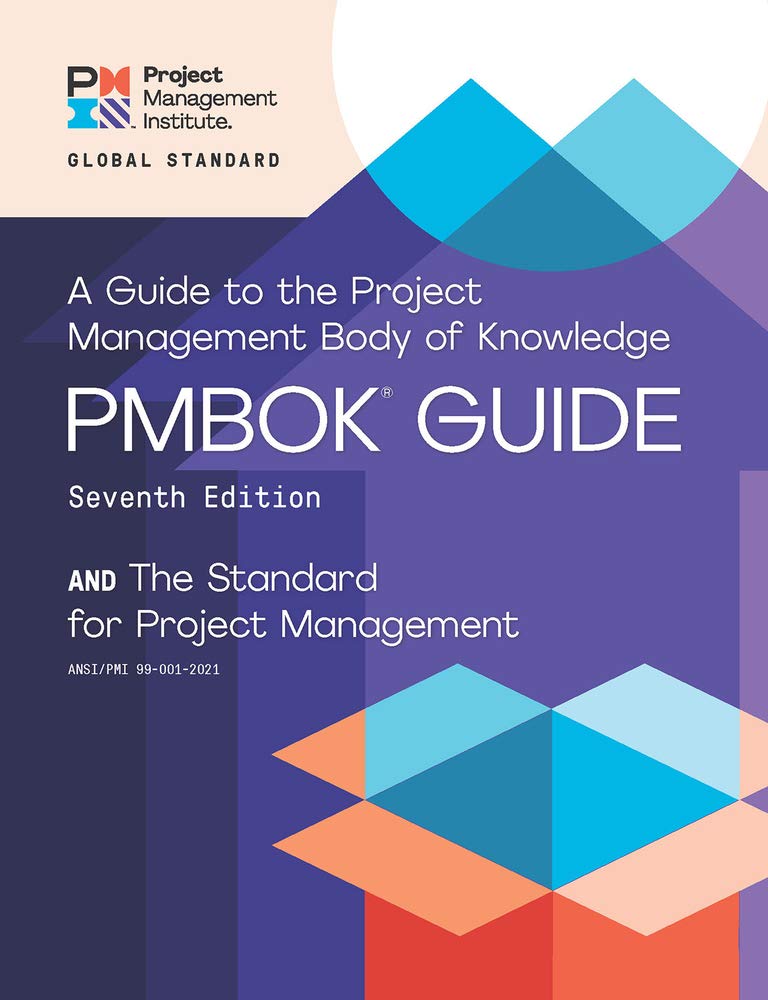
Project Scope Management
What is Project Scope Management?
Project scope management is the process of defining, controlling, and documenting all the work required to complete a project successfully. It ensures that the project includes only the work necessary to meet its objectives and prevents scope creep, which occurs when unapproved changes expand the project’s boundaries. This area of project management plays a key role in keeping projects on time, within budget, and aligned with stakeholder expectations. By clearly identifying what is and is not included in the project, teams can avoid confusion and deliver results that meet the agreed-upon goals.
Key Points
- It begins with gathering requirements from stakeholders to define the project scope clearly.
- The project manager creates a scope statement or scope management plan to outline deliverables, constraints, and assumptions.
- The Work Breakdown Structure (WBS) is a critical tool used to break down project tasks into manageable sections.
- Scope validation involves getting formal approval from stakeholders on completed deliverables.
- Scope control ensures that any changes to the defined work go through a structured change control process.
Related Terms
- Project Charter helps define the high-level project boundaries and authorizes the start of project scope planning.
- Work Breakdown Structure (WBS) decomposes the scope into smaller, more manageable parts for better planning and execution.
- Requirements Management ensures that the project scope accurately captures and reflects stakeholder needs.
- Change Control governs how proposed scope adjustments are reviewed and either approved or rejected.
- Scope Creep refers to unauthorized or unmanaged changes that can disrupt project outcomes if not properly controlled.
Project Scope Management: Example
A construction company hires a team to build a new office. Through project scope management, the team defines the building’s size and number of floors, the materials they will use, and the deadlines. They document all these elements in a scope statement and develop a Work Breakdown Structure. When the client later requests an additional floor, the team uses change control procedures to assess the impact and decide whether to include the request in the revised plan.
Project Scope Management: Best Practices
- Engage stakeholders early and document their requirements in detail.
- Develop a clear and complete scope statement that outlines deliverables and limitations.
- Use a Work Breakdown Structure to organize and clarify all tasks.
- Conduct regular scope reviews and validations with stakeholders.
- Apply formal change control processes to evaluate and manage any proposed scope changes.
Additional Resources
Preparing for a PMI certification?
- Exam Prep Courses: PMP®, CAPM®, and PMI-ACP®
- Exam Simulators: PMP®, CAPM®, PMI-ACP®, PMI-PBA®, PMI-RMP®, PMI-SP®, PgMP®, and PfMP®
- Professional Development Units (PDUs): 15, 30, and 60 PDU Bundles




